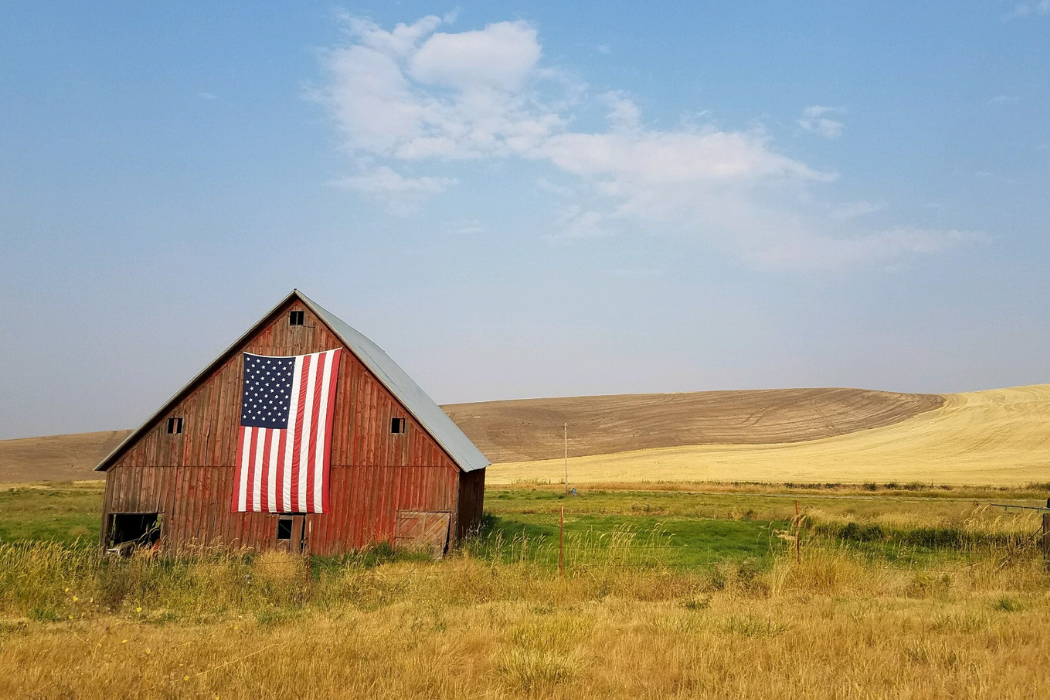Rural America is not a monolith
Hard data and our personal experiences prove that America’s small towns are diverse and dynamic, home to people of all races and ethnicities. In fact, more than 22% of people living in rural America are people of color.
The truth about rural America
What comes to mind when you think of rural America? For many, it’s a predominantly white landscape consisting of sleepy farms, rolling foothills, and shuttered factories.
This point of view exists because there’s a dominant narrative that rural America is homogeneously white, struggling, and lagging behind. Yet at the Center on Rural Innovation (CORI), we know that’s not the truth, which is why we’re working to disprove these misleading and detrimental misconceptions.
Hard data and our personal experiences prove that America’s small towns are diverse and dynamic, home to people of all races and ethnicities. In fact, more than 22% of people living in rural America are people of color.
These 10 million people, more than the population of Chicago, represent a wide array of backgrounds and lived experiences that are often neglected in the narratives that get told about rural America. Black communities, Hispanic centers, and Native American lands are numerous and growing in rural America. These groups are not homogenous, and neither are their communities.
Yet still, the misconception of a dominantly white rural America persists — a misconception that is not just inaccurate, but harmful. Stereotypes like these of rural America erase the experiences of rural people of color, excluding them from important policies, analyses, and conversations.
Did you know?
More than 22% of people living in rural America are people of color.
What stereotypes miss
This erasure would be morally objectionable regardless of the experiences of rural people of color. After all, it’s exclusionary to leave out 10 million people who do not fit a cleanly packaged narrative. However, the lived challenges faced by rural communities of color every day make this erasure even more damaging.
Rural Black communities have child poverty rates that hover at 33%. Less than 50% of rural Black people have any college education. Rural counties that have a greater number of Black residents have substantially lower social mobility than predominantly white rural counties, keeping the American dream out of reach.
On Native American lands, many of which are rural, the median household income is $41,900, in comparison to the nationwide average of $61,937, and those residing on tribal land have the lowest rate of high speed internet access of anywhere in the country.
Additionally, 18% of people in rural Hispanic communities are uninsured, and many Latinx farm workers are particularly exposed to COVID-19 due to the nature of their tenuous employment. By not centering media attention and policy proposals on the serious inequities faced by rural communities of color, we allow their unique systemic barriers to fester, worsen, and not receive the public support they deserve.
Rural does not equal white
These realities highlight how important it is that those working in the rural sphere — such as nonprofits, businesses, media, investors, funders, and government officials — challenge narratives that equate rurality with whiteness and take concrete steps towards expanding opportunity for rural people of color.
One key step to changing the narrative comes by promoting the stories of rural people of color, helping to dismantle the assumption that rural America is racially homogenous. The experiences of people of color are and must be integral to the stories that get told about rural America; not because of any diversity metric or quota, but because their stories are integral to what being rural means in this country.
But changing the narrative for its own sake isn’t good enough; the major goal must be to inspire action that addresses the structural inequities rural communities of color face. There must also be resources and policies directed towards their specific challenges. Research shows that non-white people in rural areas face distinct and unjust hurdles in healthcare, education, internet access, poverty, and an unacceptably long list of other metrics.
By channeling resources, tools, and policy solutions towards addressing these community-specific challenges, America’s funders and legislators can help create a more inclusive and prosperous nation that makes good on its promises of prosperity, mobility, and opportunity.
Shifting the narrative
This work must be structural, and each individual has a necessary role to play. At CORI, we are committed to the ongoing process of embedding racial equity through all our work in rural communities.
As per the commitments we have made — commitments we’re asking our supporters to hold us accountable to — we are working to make our own organization more inclusive by diversifying our board membership to include a wider array of rural voices; proactively recruiting communities of color into our network and better supporting those already involved; and hiring staff to lead efforts to ensure communities in our network can actively engage underrepresented and marginalized groups in the digital jobs and startups of the future.
By standing up against this damaging narrative and creating solutions that actively target the needs of rural people of color, we hope to empower diverse rural communities and to be part of a more just and equitable America.
Stay in touch
To learn more about how CORI is working to empower leaders across rural America and create inclusive digital ecosystems, sign up for our newsletter.
